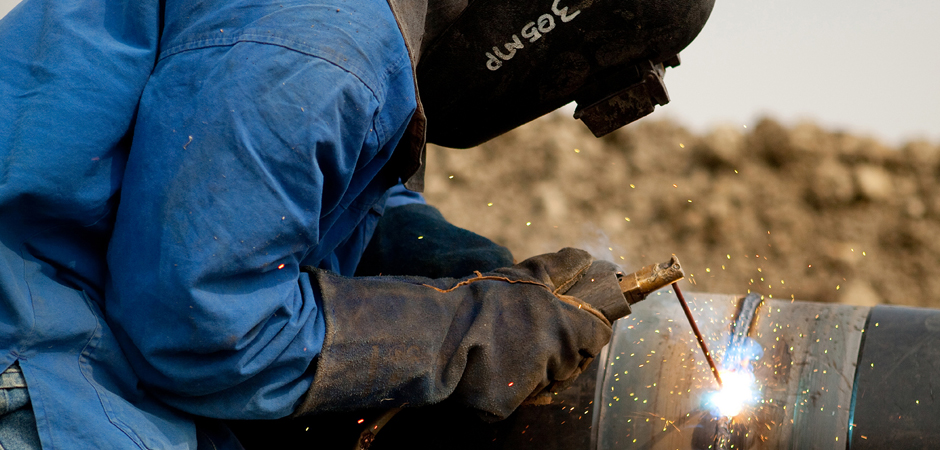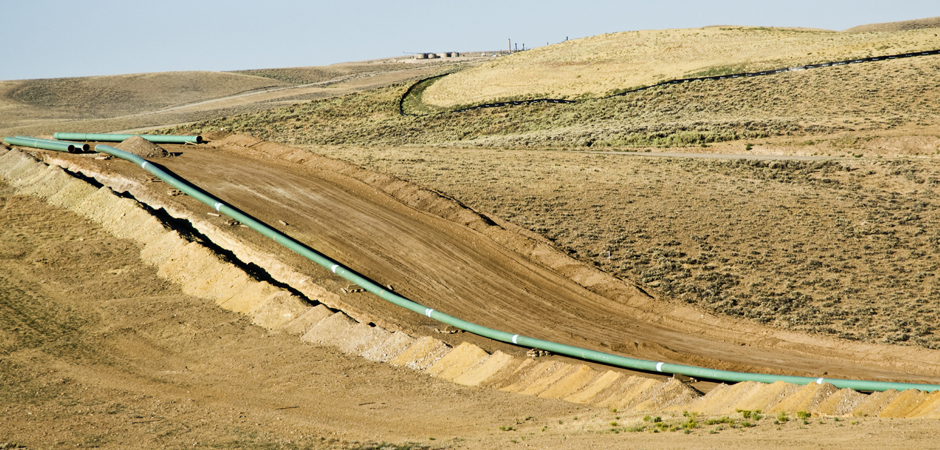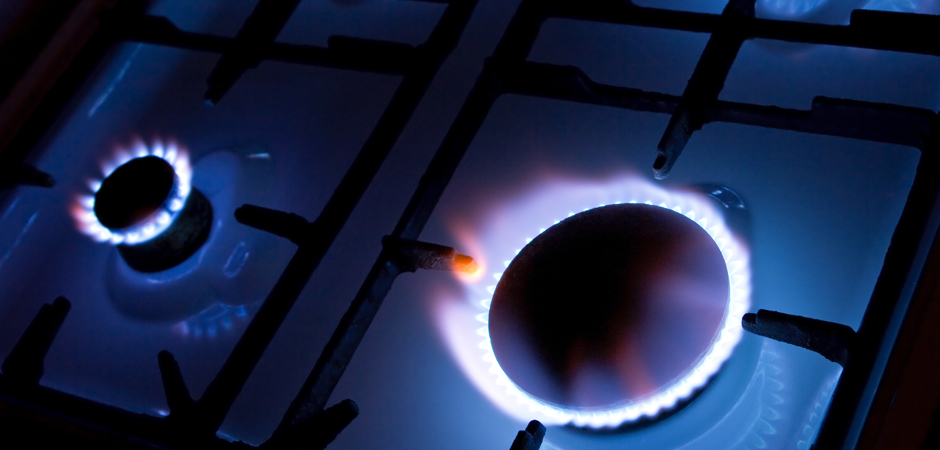Industrial Radiography (RT)
RNDT provides industrial radiographic testing services in both our laboratory and in the field at customer locations. We have traditional film based and digital computed radiographic testing services. Our custom built mobile darkrooms are easily set up in less than 10 minutes. We have several exposure vaults that allow for very large parts to be examined. We have several X-ray cabinets for small parts such as electronic chips. Also, we provide high volume processing of film with state-of-the-art ecologically friendly automatic processors. Our Level II and Level III radiographers are experienced in many different specialty techniques involving geometrically challenged parts.
Ultrasonic Testing (UT)
Ultrasonic testing uses the transmission of high frequency sound waves into a material to detect imperfections within the material or changes in material properties. The most commonly used ultrasonic testing technique is pulse echo wherein sound is introduced into the test object and reflections (echos) are returned to a receiver from internal imperfections or from geometrical surfaces of the part.
Liquid Penetrant Testing (PT)
Liquid Penetrant testing is probably the most widely used NDT method. The test object or material is first cleaned and then coated with a visible or fluorescent dye solution. After a pre-selected time interval (dwell time), the excess dye is removed from the surface, and then a developer is applied. The developer acts like a blotter and draws penetrant out of imperfections which are open to the surface. With visible dyes, the vivid color contrast between the penetrant and the developer makes the “bleedout” easy to see. With fluorescent dyes, an ultraviolet lamp is used to make the “bleedout” fluoresce brightly, thus allowing the imperfection to be seen readily.
Magnetic Particle Testing (MT)
Magnetic particle testing is done by inducing a magnetic field in a ferro-magnetic material and dusting the surface with iron particles (either dry or suspended in a liquid). Surface imperfections will allow the magnetic field to leak out of the part, distort the magnetic field and concentrate the iron particles near imperfections, thus indicating their presence.
Visual Inspection (VT)
Visual inspection is probably the oldest and most common method of NDT is visual examination, which has numerous industrial and commercial applications. Examiners follow procedures ranging from simple to very complex, some of which involve comparison of workmanship samples with production parts. Visual techniques are used with all other NDT methods.
Positive Material Identification (PMI)
Positive Material Identification (PMI) is a nondestructive means of determining the chemical composition of metals. In a global sourcing environment, material can inadvertently be mixed up and cause serious issues while in service.
Nondestructive Testing (NDT)
RNDT has NDT professionals that are recognized worldwide as leaders in the field of nondestructive testing. We have several professionals that have been active in nondestructive testing for thirty plus years working in all industries. We can develop a nondestructive testing technique for you on your product. Fill out a request form and we will contact you within 24 hours.






